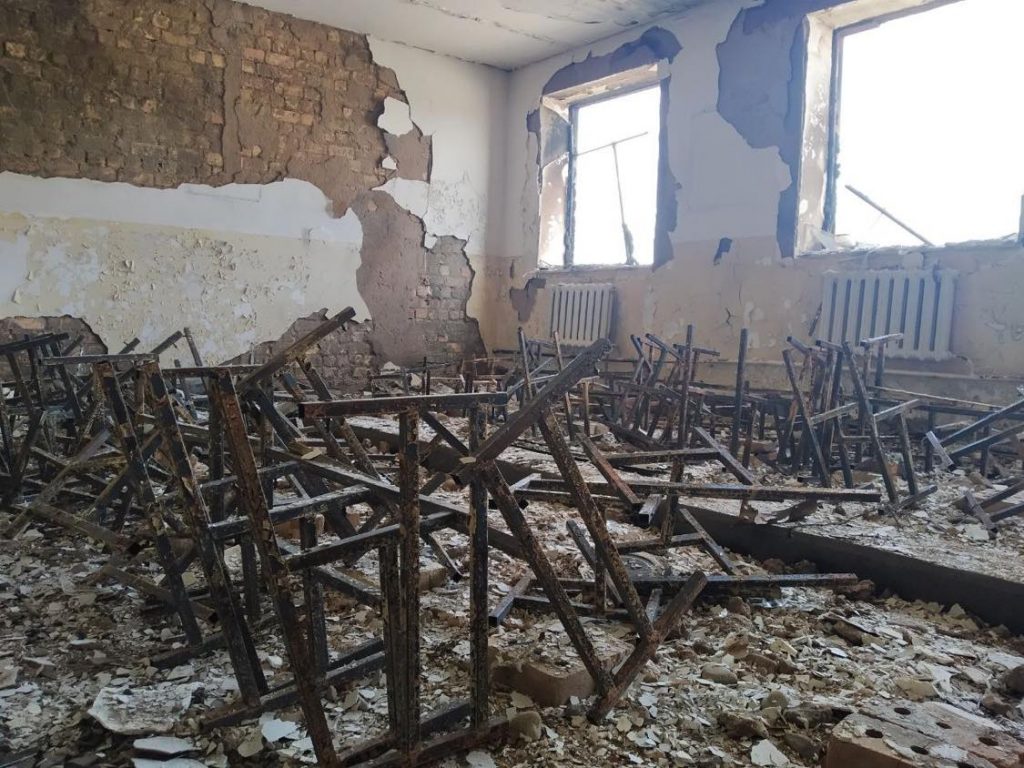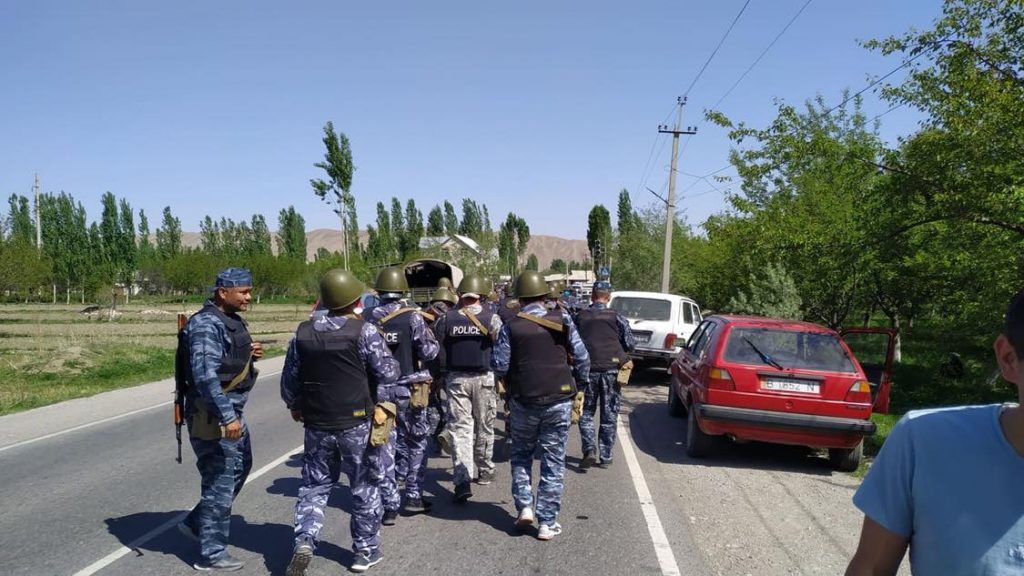By Shairbek Dzhuraev is president at Crossroads Central Asia, a Bishkek-based research institute. He previously served as deputy director at the OSCE Academy in Bishkek, and dean of academic development at the American University of Central Asia. Shairbek has a PhD in International Relations from the University of St Andrews.
Border-related conflict once again erupted in Central Asia last week, posing a grave risk to the fragile peace in the region. A border incident at the Kyrgyz-Tajik border quickly evolved into a military confrontation. Within three days, tens were killed, hundreds injured, and tens of thousands displaced. The scale and nature of the violence were unprecedented by all standards in the region. The conflict is still too fresh, and the situation remains too perilous to thoroughly address what happened, why and how. Therefore, this review will only brief the readers and offer initial takeaways.
The events unfolded on 28-29 April 2021, after what became a somewhat routine border incident at a Golovnoi water supply facility on Isfara river. The facility is located on the territory of Kyrgyzstan but serves the irrigation needs of Kyrgyzstan, Tajikistan and Uzbekistan. While Kyrgyzstan and Tajikistan have numerous disputes over the border in the region, Golovnoi water facility had not been contested. On 28 April 2021, the local government of Tajikistan’s Isfara district installed cameras on an electric pole at the water supply facility. Residents of Kyrgyzstan’s villages protested, with crowds exchanging stones. Talks did not help, and on 29 April, residents’ clashes turned violent. Troops got engaged on both sides. Five Kyrgyzstan’s border checkpoints and one of Tajikistan came under gunfire. Both Kyrgyz and Tajik villagers reported burnt houses.
As troops exchanged fire in Batken-Chorku section of the border, the Tajik military launched an unprecedented attack against several Kyrgyz villages in a different part of the border, in Leilek district. Over 20,000 people were evacuated to school buildings and hosting families in safer parts of the area. For three days of occupation by Tajikistan’s military, a number of houses, school buildings and gas stations were burnt. The exact number of damage remains to be established as well as the final count of casualties. As of 2 May 2021, Kyrgyzstan reported 34 losses, including three soldiers and 31 civilians. Tajik authorities have not reported, but Ozodi Radio was able to confirm the deaths of nine soldiers and eight civilians. Late evening on 1 May, the two sides finally confirmed the agreement to withdraw troops, free the occupied villages and blocked roads.
Unsurprisingly, the two countries continue having different interpretations of how events unfolded. Details of casualties and damage incurred are only emerging. Coming days and weeks will reveal more information on the conflict and demonstrate the solidity of the de-escalation agreement. That said, three points deserve the close attention of all stakeholders, inside and outside the region.
First, the scale and nature of confrontation require a thorough fact-finding mission. Observers have already noted massive “upgrade” of the conflict’s intensity. If skirmishes between residents of two neighboring countries have lately become mundane, unprovoked military attack against civilians was a novelty. To prevent similar developments, Bishkek and Dushanbe need to launch a joint investigation into how fighting unfolded. This remains an unlikely scenario given the low level of trust and goodwill at the moment. However, the population on both sides of the border deserves every effort to be taken by national governments to prevent violence rather than prepare for the next round of conflict.
Second, there are serious grounds for the qualification of the attacks of the military against civilians. Civilian casualties that occurred in the context of intense fire are unacceptable. However, deliberate and unprovoked military attacks against the population of the neighbouring country is a different kind of crime. There is compelling evidence in the media on such an attack against villages in Kyrgyzstan. If similar events happened on the other side of the border, the evidence must be presented. Either way, no government must evade responsibility for a deliberate military attack against civilians.
Finally, the past week’s events will raise a big question on prospects of peace in the region. The proximity of Kyrgyz and Tajik villages means communities have a long history of everyday peaceful life. However, the emergence of new nations in 1991 created layers of insecurity for all. A conflict of last week will add new deep scars. Life will hardly be the same for Kyrgyz and Tajik neighbours assuming they all return to their home villages. As the two sides look for ways to live together further, the highest political leaders remain elephants in the room. They have failed a test in the past, and they did it again last week.
Thus, strong international attention and support will remain critical for the proverbial “stability” in Central Asia. Peace got broken once again but could the cycle stop now?










